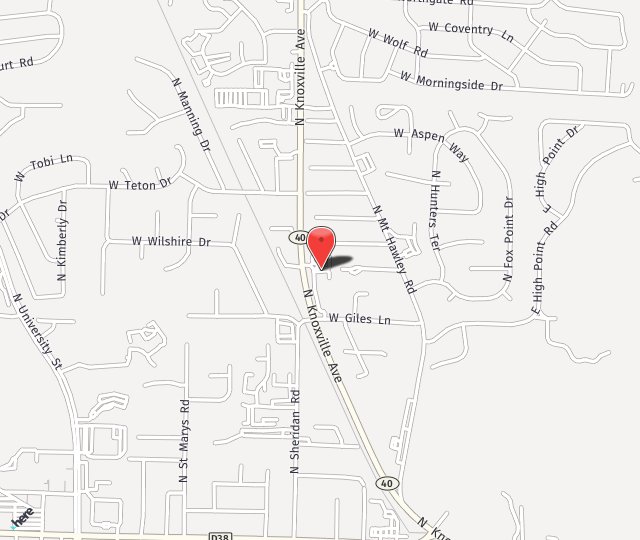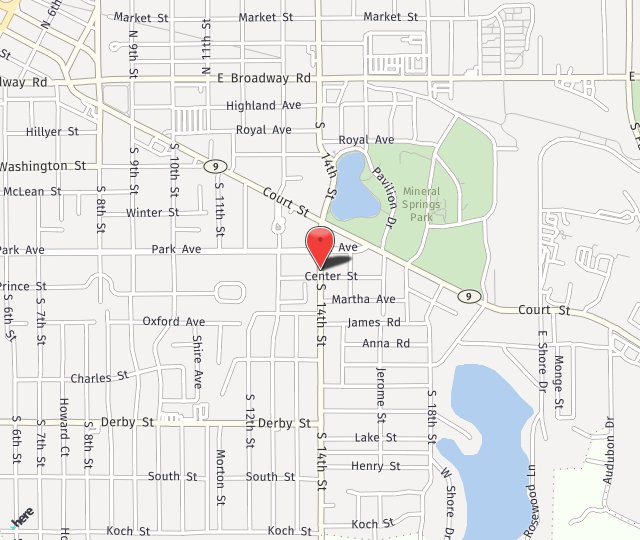Experts say more than 45 million Americans are affected by recurring, chronic headaches. There are approximately 150 types of headaches. They can be caused by a variety of factors, such as diet, stress and circulatory issues. Most fall into one of several broad headache categories:
Migraines
Characterized by intense throbbing pain and sensitivity to light and sound, migraines can be disabling. They often begin in childhood or adolescent years. With a migraine:
- The pain may be throbbing, pounding, or pulsating. It tends to begin on one side of your head. It may spread to both sides.
- The headache may be associated with an aura. This is a group of warning symptoms that start before your headache. The pain usually gets worse as you try to move around.
- Migraines may be triggered by foods, such as chocolate, certain cheeses, or monosodium glutamate (MSG). Caffeine withdrawal, lack of sleep, and alcohol may also be triggers.
Cluster Headaches
One of the most painful types of headaches. Pain is severe on one side of the head, usually around the eye, and can last minutes or hours.
- Is a sharp, very painful headache that occurs daily, sometimes up to several times a day for months. It then goes away for weeks to months.
- In some people, the headaches never come back. The headache usually lasts less than an hour. It tends to occur at the same times every day.
Tension Headaches
The most common headache, tension headaches can be mild, moderate, or intense.
- Tends to be on both sides of your head. It often starts at the back of the head and spreads forward. The pain may feel dull or squeezing, like a tight band or vice. Your shoulders, neck, or jaw may feel tight or sore.
- May be related to stress, depression, anxiety, a head injury, or holding your head and neck in an abnormal position.
Sinus Headaches
Symptoms of a sinus headache include facial pain or pressure, nasal and sinus congestion. Other types of headaches are often mistaken for sinus headaches, so it’s important to have an evaluation to make sure your sinus headache isn’t actually a migraine.
Treatment Options
Whether you have recently developed headaches or have been suffering for years, the first step is a headache assessment. Kimberly will identify the type of headache you are suffering from and develop treatment focused on improving quality of life while decreasing your pain. The best treatment depends on the specific type of headache you have and may include oral medication, injectable medication, diet modification, lifestyle change and stress management.


